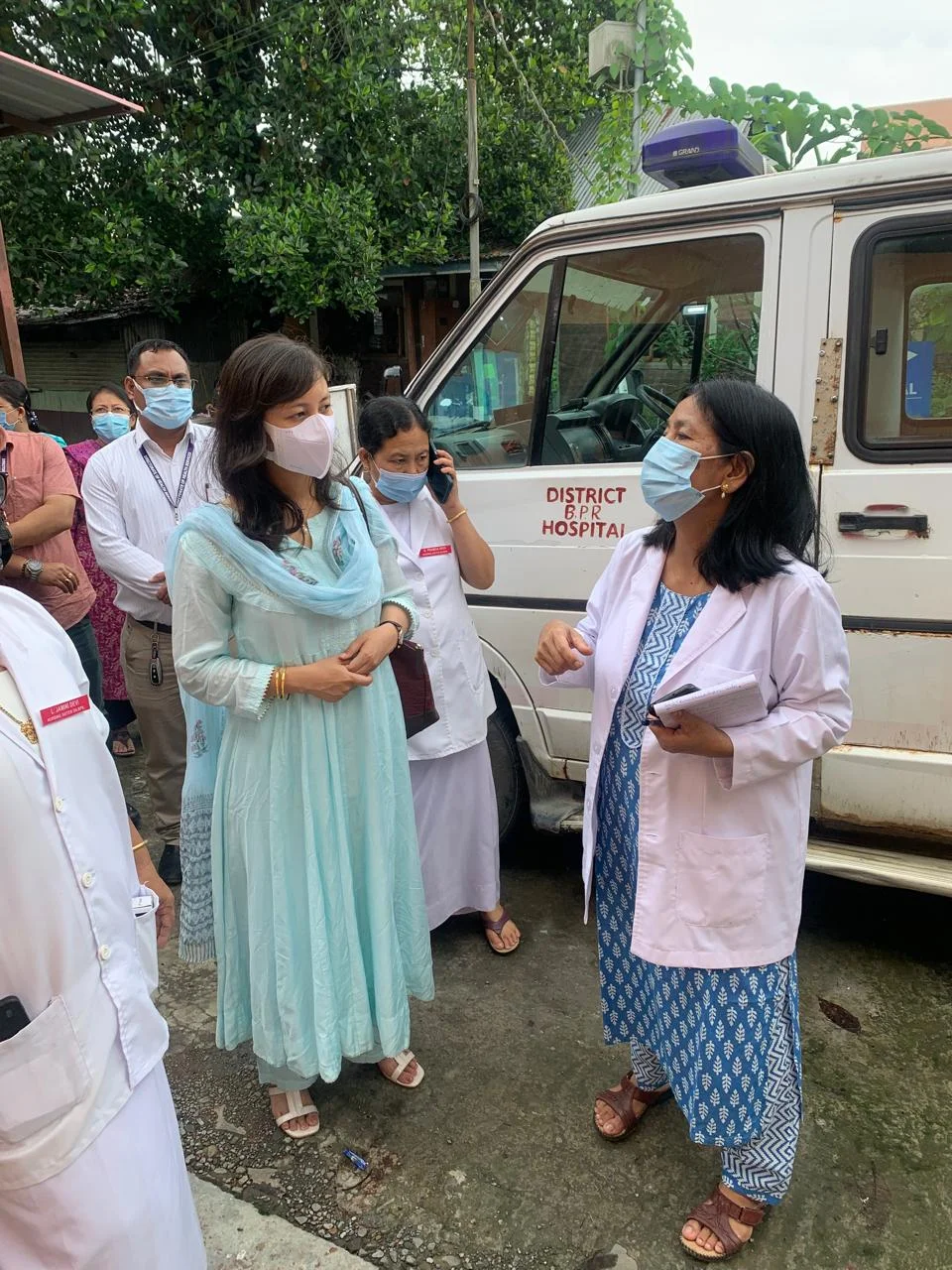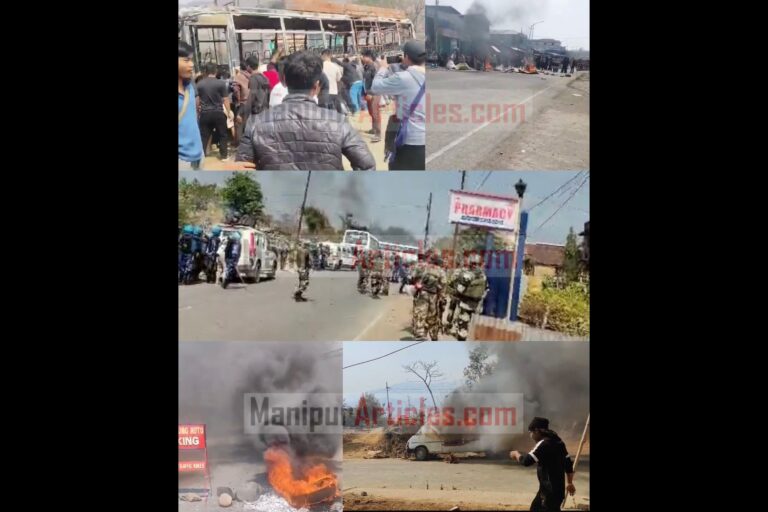How Bishnupur’s DC is Transforming Local Healthcare: A Deep Dive Into the Hospital Inspection Mission
Manipur’s Bishnupur Deputy Commissioner Pooja Elangbam, recently visited the District Hospital to assess its operations and infrastructure needs. The inspection aimed at identifying gaps in medical facilities, staffing, and infrastructure development to improve healthcare delivery for residents. The DC interacted with medical staff, reviewed ongoing projects, and assured timely resolution of critical issues.
On a mission to improve healthcare delivery, the Deputy Commissioner of Bishnupur district in Manipur visited the District Hospital to assess its functionality and infrastructure. The inspection focused on medical operations, staff requirements, patient services, and future development plans. The DC assured swift steps to address shortcomings, emphasizing the district’s commitment to strengthening public health systems.
Introduction: Why This Hospital Visit Matters More Than You Think
Let’s be honest—when we hear “official inspection,” we often imagine a dull formality. But what happened in Bishnupur is way more important than just a bureaucratic round. This wasn’t just a DC checking boxes. It was a moment where healthcare needs met administrative urgency—something we desperately need, right?
Because let’s face it—hospitals are the last line of defense for communities, especially in places like Manipur, where terrain, funding, and access often play against each other.
What Happened During the Inspection?
The visit was full of hands-on engagement:
- The DC interacted with doctors, nurses, and support staff, not just administrators.
- He went through the operation theatres, emergency wards, general wards, and patient registration sections.
- Reviewed ongoing development projects, including any construction delays or resource shortages.
- Took feedback directly from patients and staff—talk about walking the talk!
This wasn’t about press photos. It was about rolling up sleeves and seeing what really works—and what doesn’t.
Key Challenges Identified
Let’s break it down.
Despite being a lifeline to thousands, Bishnupur District Hospital faces serious issues:
- Inadequate manpower – Staff burnout is real. Too many patients, not enough hands.
- Old infrastructure – Leaky roofs, outdated equipment, insufficient storage.
- Interrupted supply chains – Essential drugs and medical supplies often arrive late.
- Lack of advanced diagnostics – Patients still travel to Imphal for specialized tests.
Now, we’re not talking luxury amenities. We’re talking basic right-to-health issues. Imagine showing up at the hospital in pain only to be referred elsewhere for a simple blood test!
What Did the DC Promise?
The Deputy Commissioner didn’t just nod and leave. Instead, he made clear commitments:
- Immediate repair of faulty infrastructure
- Proposals for hiring more medical personnel
- Follow-ups on pending fund allocations from the health department
- Accelerated procurement of essential equipment
He also committed to creating a quarterly hospital monitoring plan—which is basically a smart move to prevent future decay.
Why This Moment Is Bigger Than Just Bishnupur
It’s a micro story with macro implications.
If this kind of inspection becomes a regular habit across districts, imagine the domino effect:
- Better morale among medical staff
- More trust from the public
- Faster health outcomes
- And yes—less pressure on major hospitals in Imphal
Think of it like fixing a leaky pipe before the whole tank runs dry.
Action Plan Ahead: Turning Inspection into Transformation
Let’s imagine what comes next if all goes as planned:
✅ New hires at the hospital
✅ Ambulance response systems linked via GPS
✅ Solar-powered backup for uninterrupted operations
✅ Sanitary and patient-friendly infrastructure
✅ Monthly audit reports open to the public
Sounds like a dream? Not if commitment matches action.
Final Thoughts: Why Local Action Creates National Impact
Here’s a simple truth: Healthcare isn’t a luxury—it’s a lifeline.
And when someone at the top like the DC personally walks into the corridors of a struggling hospital, it sends a message:
“We care. We see you. We’re here to fix this.”
That’s leadership. That’s what every district, not just Bishnupur, needs more of.
So let’s keep asking:
When was the last time your local hospital got an unannounced visit from someone who could actually make a difference?
FAQs
1. Why did the DC of Bishnupur inspect the district hospital?
To assess operational challenges, infrastructure issues, and address staffing and service gaps directly by engaging with on-ground staff and patients.
2. What major issues were identified during the inspection?
Shortage of medical staff, outdated infrastructure, irregular medical supply chains, and lack of diagnostic equipment.
3. What were the DC’s immediate promises?
Infrastructure repair, proposals for hiring, equipment procurement, and the creation of a quarterly monitoring plan.
4. How does this affect the local people?
It boosts public trust, ensures quicker medical service improvements, and brings real-time accountability to healthcare delivery.
5. Could this be a model for other districts?
Absolutely. If replicated, this model of administrative inspections and follow-ups can uplift healthcare across Manipur and other Northeastern states.



